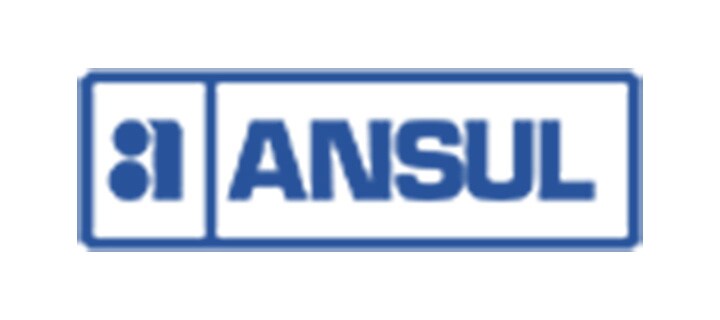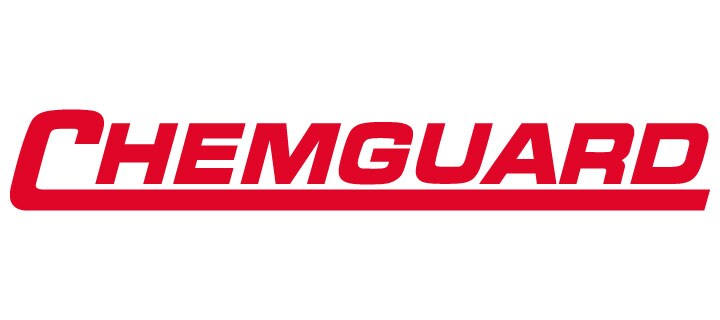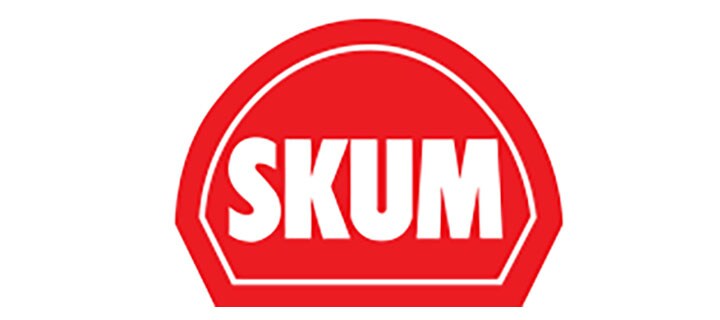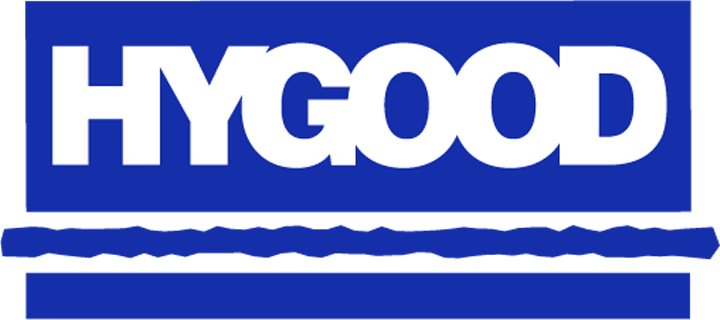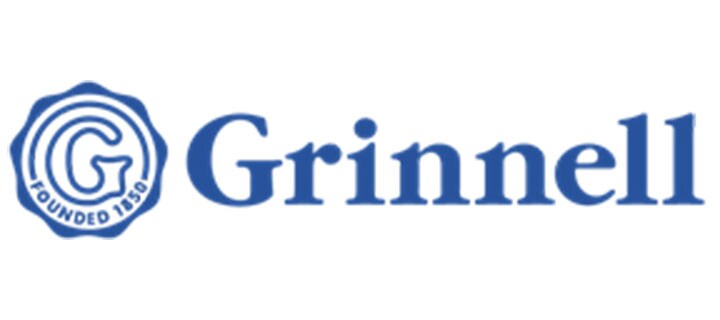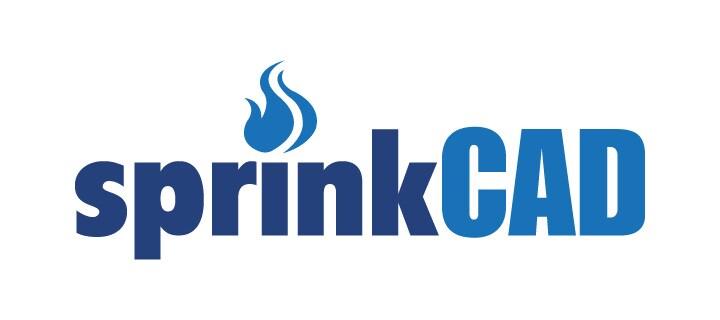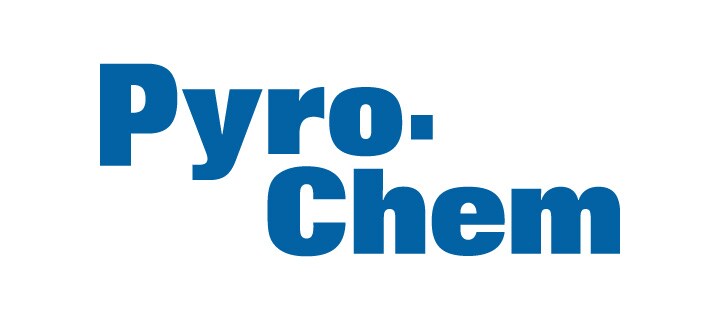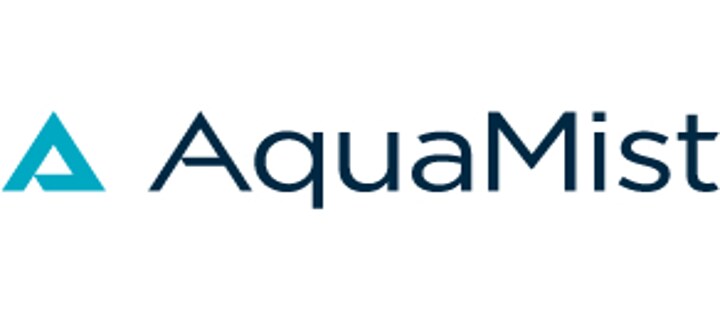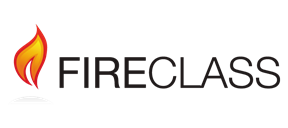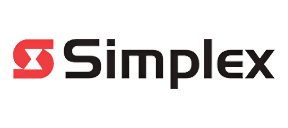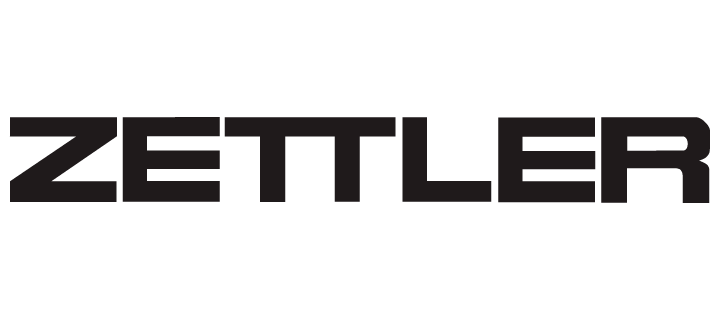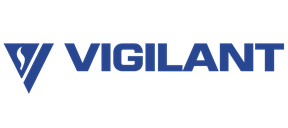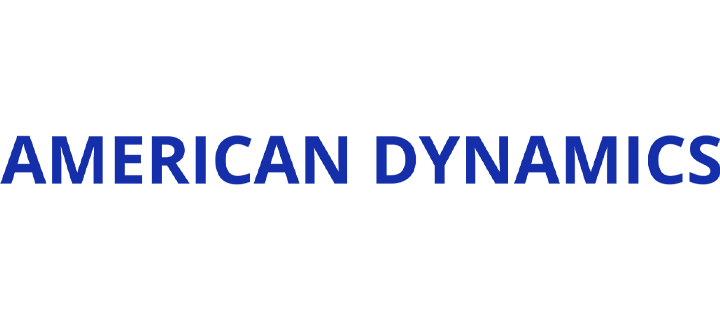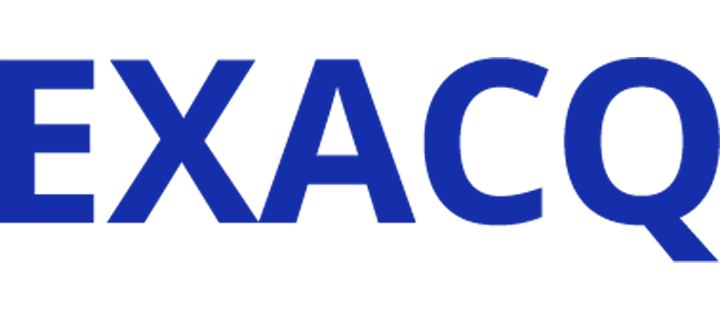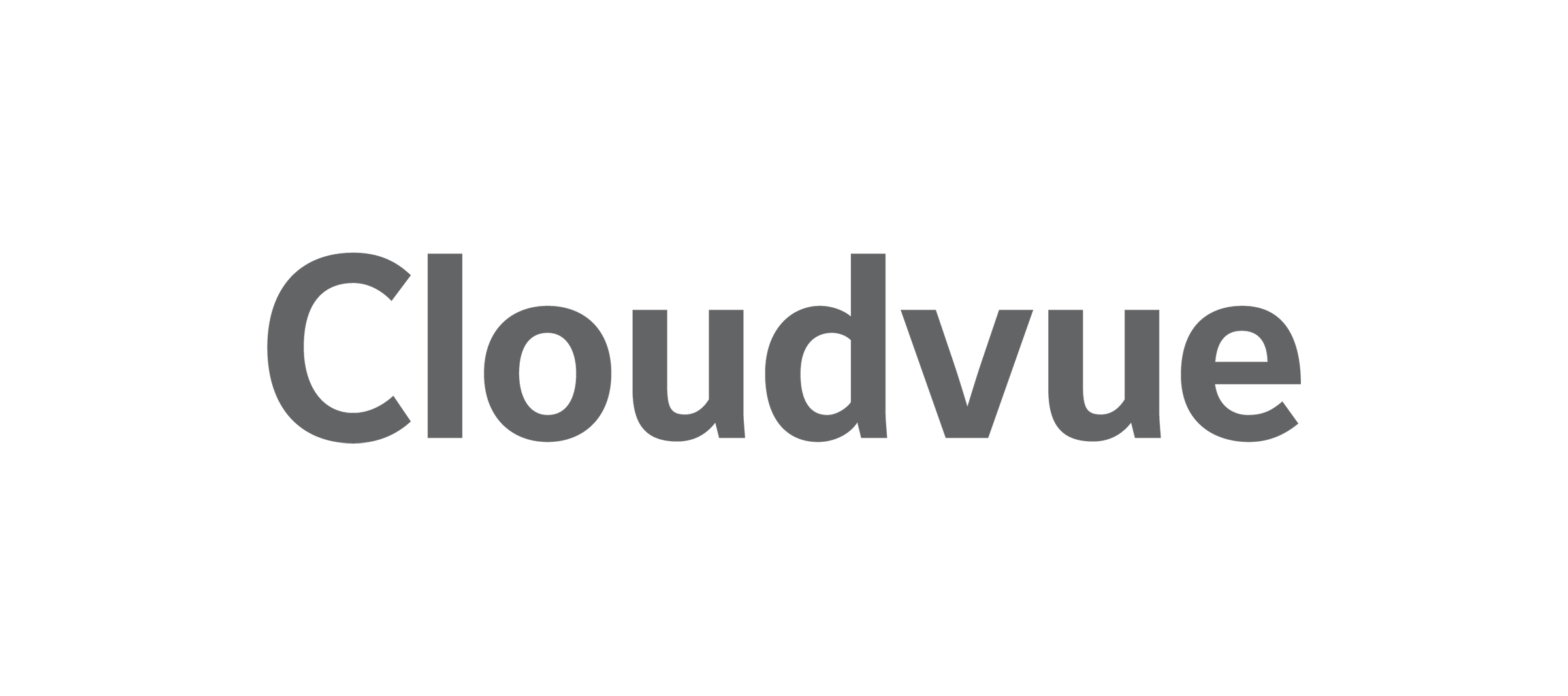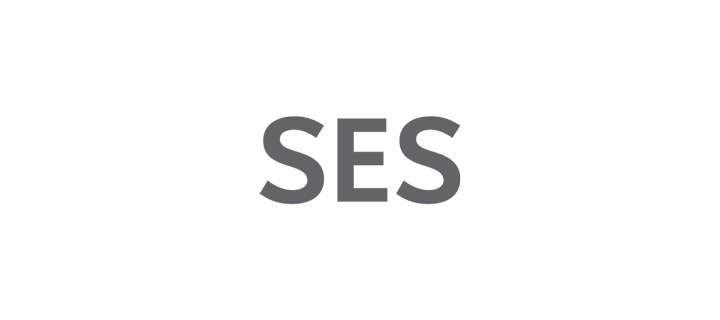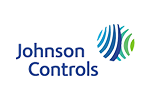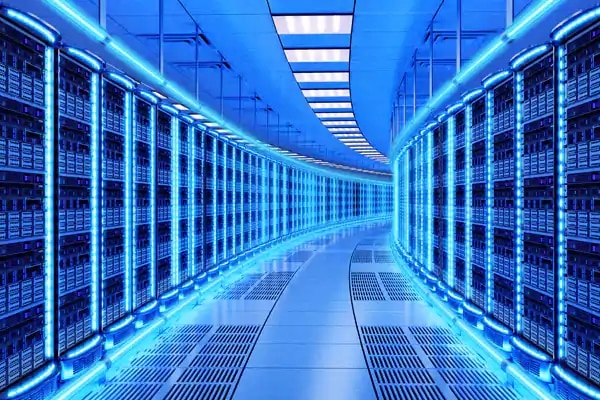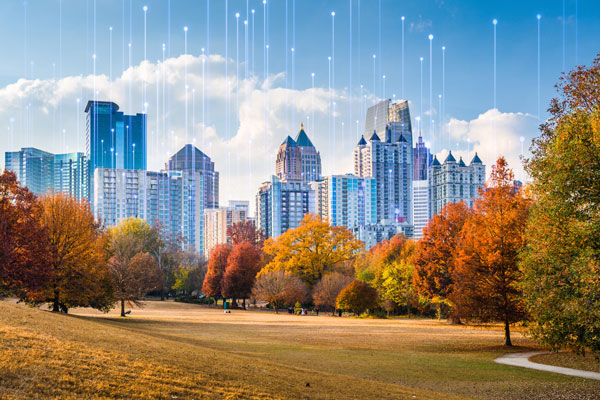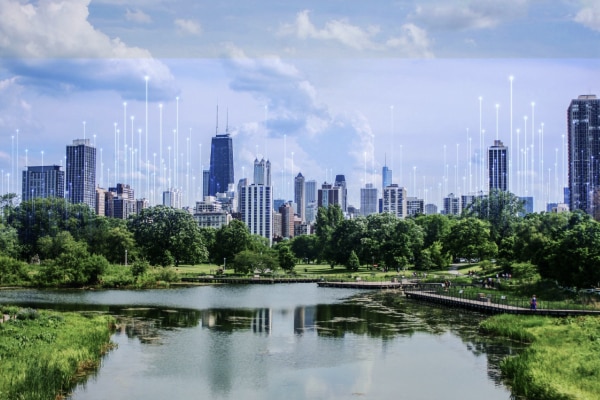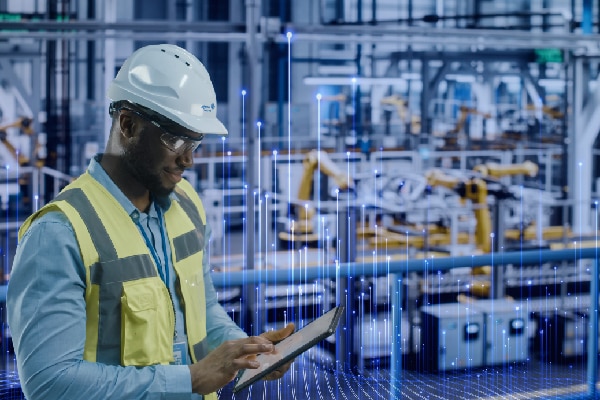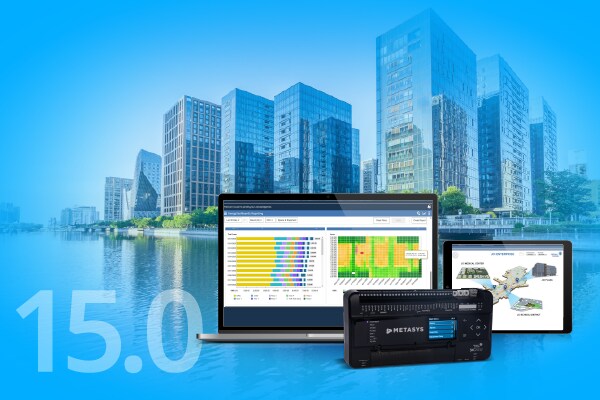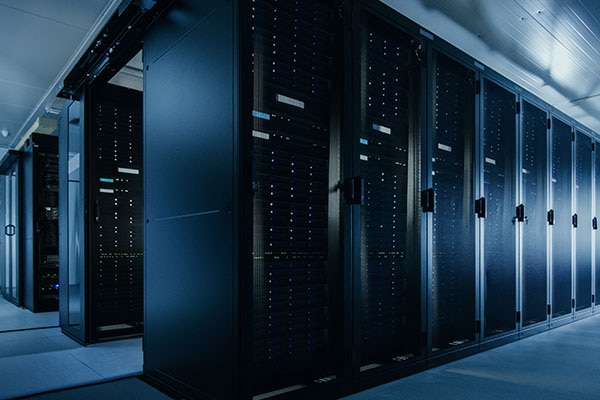Up the Ante: why Clean air Regulations are in Dire Need of Revision
Up the ante, by Mark Bouldin, Clean Air Expert, Johnson Controls UK&I
A huge majority (87%) of businesses relied on smart technology, such as clean air, to keep their buildings open during the pandemic. With most restrictions now lifted in the UK, many businesses may feel they no longer need the technology. However, this would be an oversight If nothing else, the last 18 months has made the nation overtly aware of the air they breathe and the spaces they inhabit.
The consequences of poor air ventilation and unclean air are vast. Not only can it expose building occupants to contagious viruses, but it can also reduce productivity and result in health complications. The latter risk is intensifying as air pollution worsens. It was only in December 2020 that the UK reported its first ever death directly linked to pollution, demonstrating the worsening quality of ‘fresh’, outdoor air. Without clean air technology, this particulate matter can invade our indoor spaces and cause health problems.
So, the question is, what regulations are in place to enforce clean air in the workplace and, more importantly, why should businesses go above and beyond the recommendations?
Paper thin regulations
Truthfully, regulations around clean air need to be revised and drastically improved. Currently, the HSE Approved Code of Practice states fresh air should not fall below 5 to 8 litres of air per second per occupant, while CIBSE’s guidance suggests that buildings should have a ventilation rate of 10 litres.
Even if this was presented as a regulation, as opposed to guidance, 10 litres per second is far too low. Testing shows that, even in buildings designed to meet a standard of 12 litres person second, CO2 levels remain high, which can cause drowsiness and a loss of concentration. Meanwhile, this is not enough air changes to remove particulate matter from the building. Outside of long-term health complications, particulate matter can also exacerbate the symptoms of allergies such as hay fever, which would further reduce productivity for businesses.
In buildings we can vary two things: the quantity of people and the volume of air. Ideally, the minimum standard for ventilation should be doubled to 20 litres per second per person, and that really should be an absolute minimum.
For the regulations to be effective, though, more needs to change than just the ventilation rate. Currently, the regulations are based around the original design of a building. For example, if a building is designed to house 150 people, businesses will need to supply 10 litres of fresh air per second per person, based on that 150 figure.
Businesses can rarely guarantee how many people will be in their building, though. Some days it might be 125 and on others it might be 175. Regulations should, therefore, be based on occupancy and air quality metrics instead. That way, businesses can ensure they’re not supplying too much ventilation, and thereby impacting their energy efficiency, while also making sure they’re keeping their staff and customers safe and healthy.
A breath of tech air
Until regulations change, businesses should be proactive to improve the productivity of their business and, by proxy, its bottom line.
Research has found that, in buildings with clean air technology, productivity can increase by 11%, with cognitive scores increasing by 101%. That’s a business gain that can only be achieved by exceeding current clean air regulations. To do this, businesses will need to install ventilation, filtration, and disinfection technology, which must be linked to an occupancy measuring solution and technology to measure air quality.
Occupancy management and measuring comes down to two things. Firstly, it’s about ensuring the maximum occupancy of rooms isn’t exceeded, this can be done effectively by introducing booking systems. Secondly, it’s important to use technology which can constantly count how many people are in each room.
The data collected from the occupancy measuring technology can then be fed to the ventilation, filtration, and disinfection technologies. So long as the maximum occupancy isn’t exceeded, you can then automatically adjust ventilation rates in the room, providing the optimum level of clean air for the number of occupants. This integrated approach ensures the system isn’t working at full throttle all day, helping to reduce costs and improve energy efficiency.
A rare piece of advice
It’s not often you’ll hear this advice but simply put, businesses would benefit more from disregarding current clean air guidelines and regulations. Simply put, they’re not strong enough and will put the health of your employees and the productivity of your business at risk. Businesses that truly want to get the best out of their employees and keep them healthy must set their own benchmark for clean air. While these may differ per business, one thing is for certain: to avoid falling short, clean air technology is a must.
To find out more about clean air and clean air technology, download Johnson Control’s ‘Breath of fresh air: How clean air technology can give your building a new lease of life’ report.
Breath of fresh air: How clean air technology can give your building a new lease of life
In our new, research-led report, you will discover:
Over a third (37%) of businesses relied on clean air technology to keep their buildings open during the pandemic. But how many businesses are planning to follow suit as things return to normal once again?
The benefits of clean air technology
Outside of protecting your building’s occupants from the spread of viruses, such as COVID-19, a constant flow of clean air can increase productivity by 11%.
How to get started
Our report gives you all the information you will need to make a start on your clean air strategy.
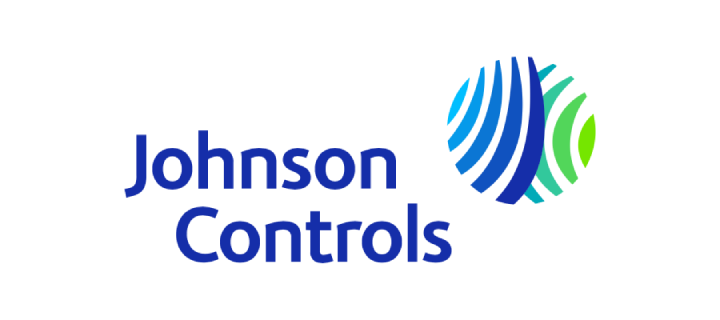
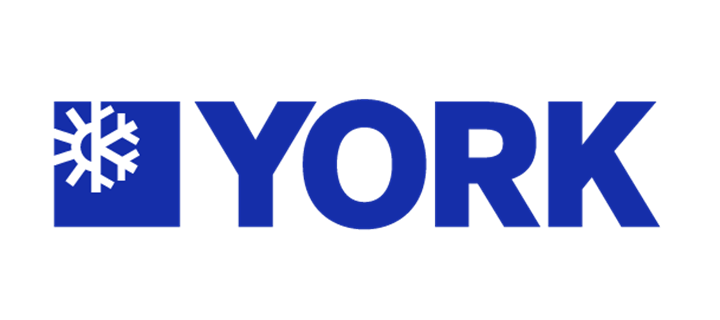

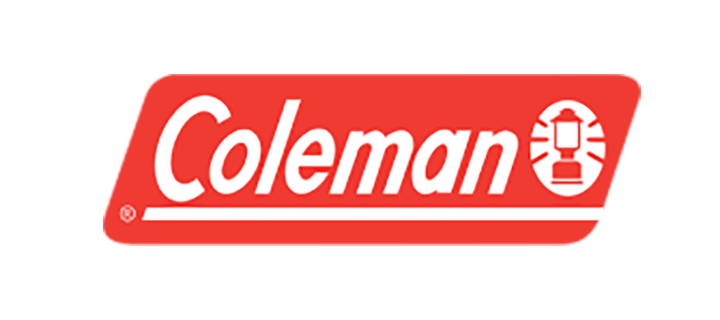

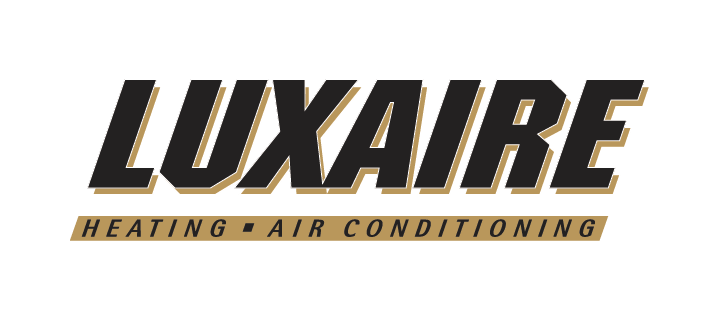
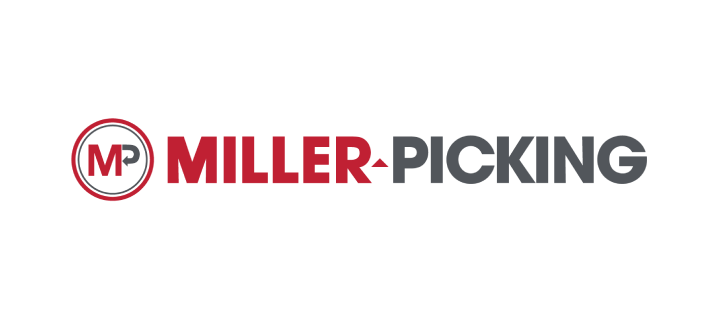
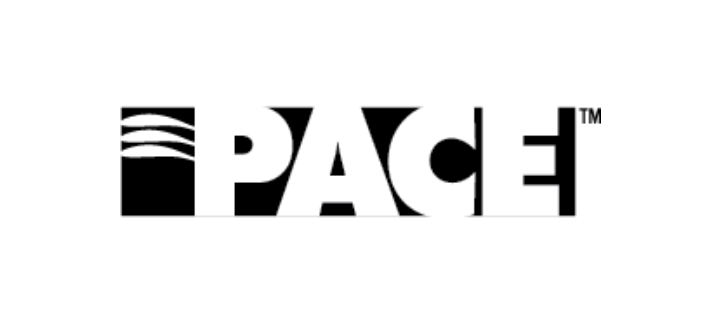
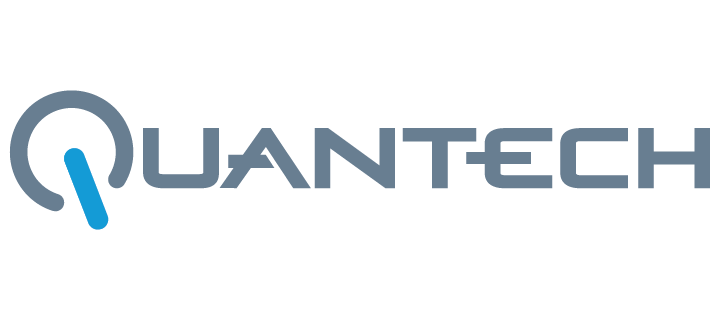
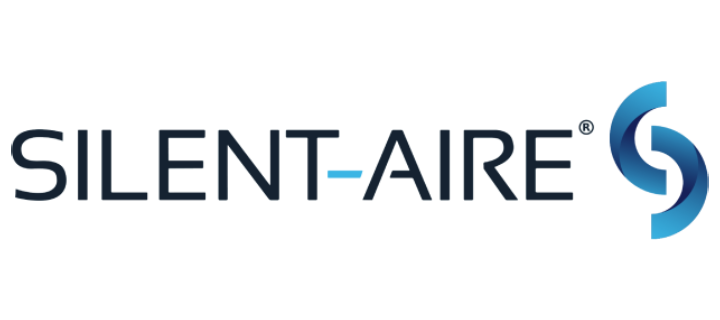
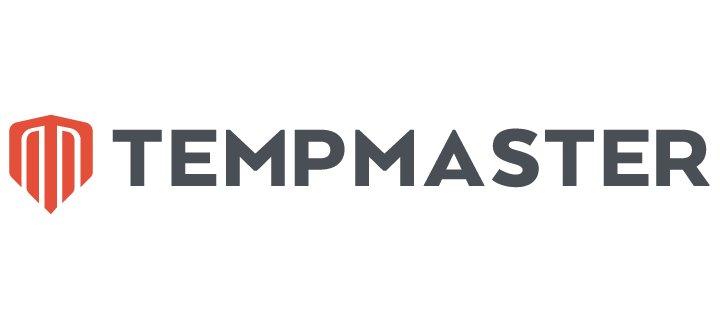

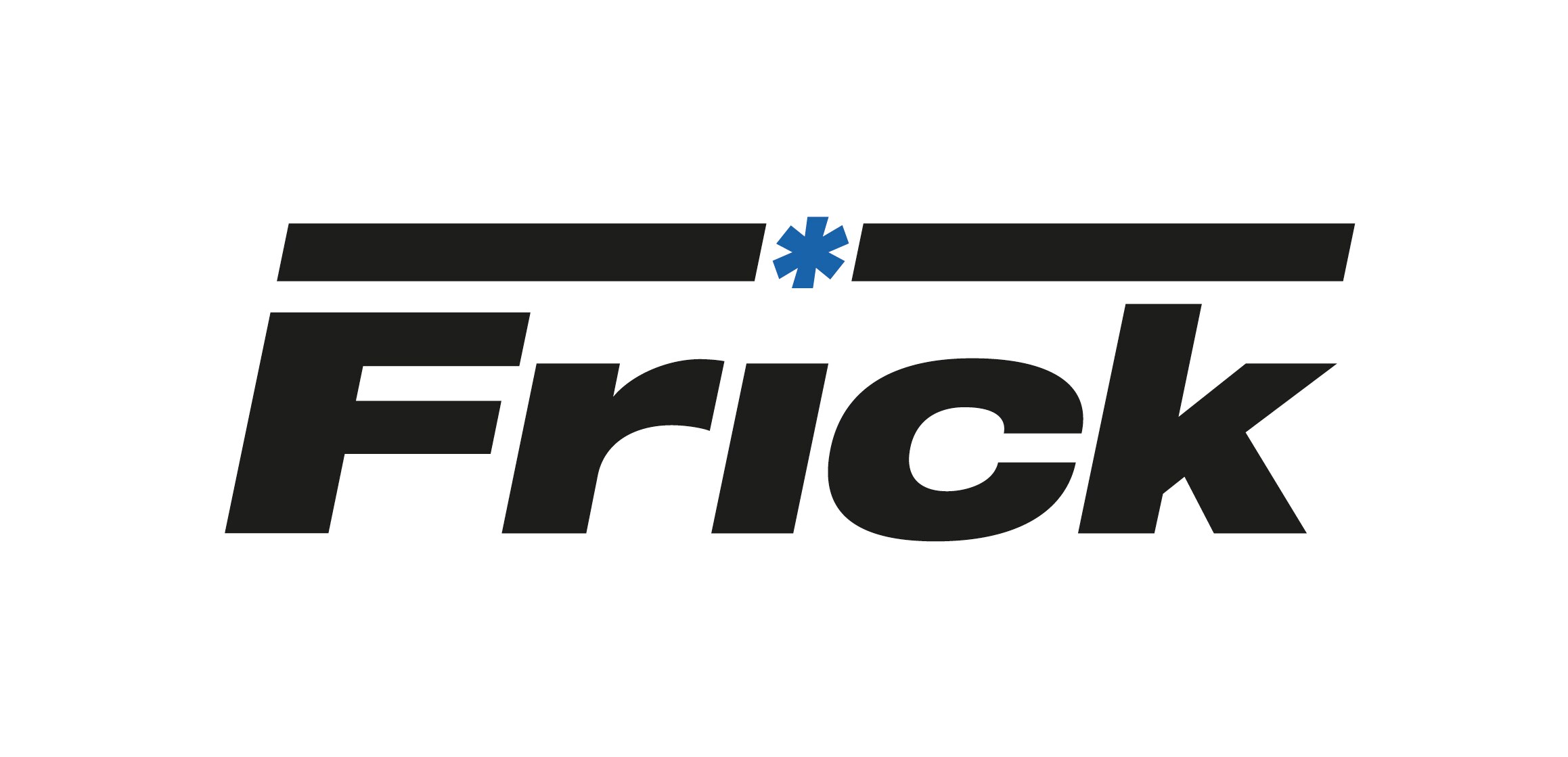
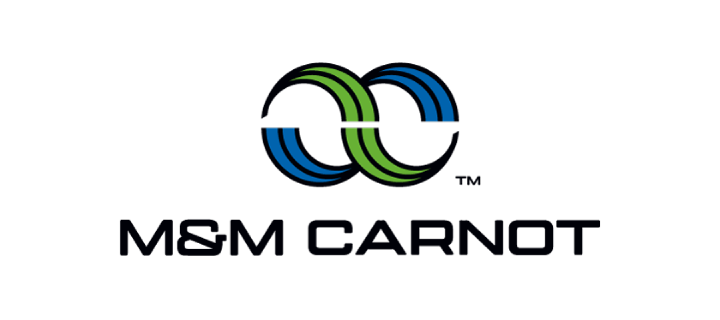
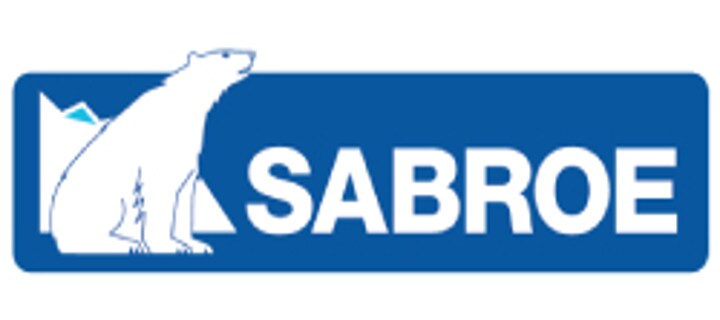
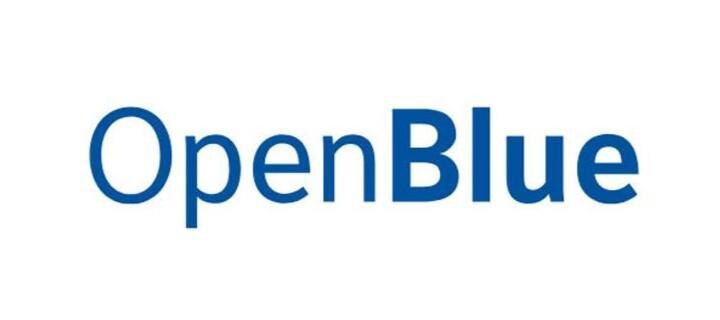
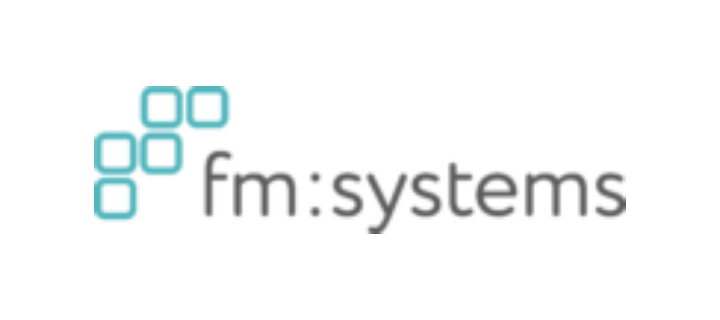


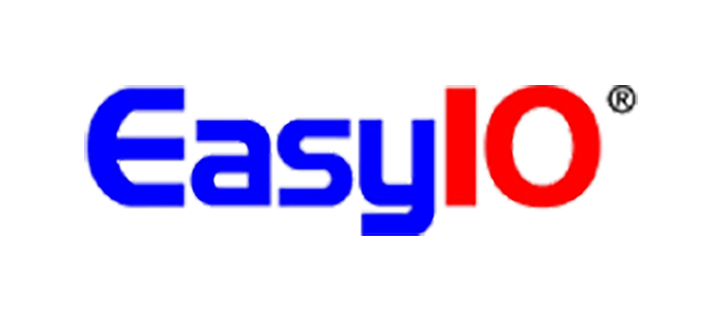
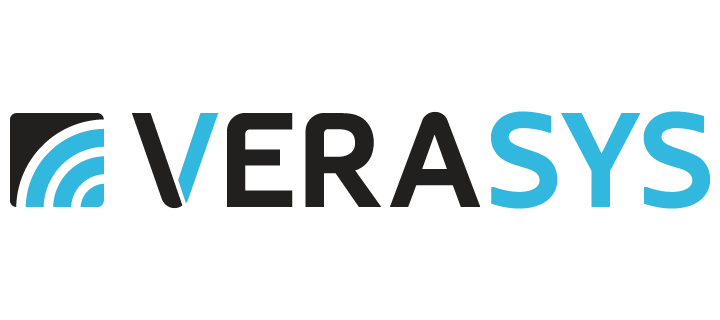
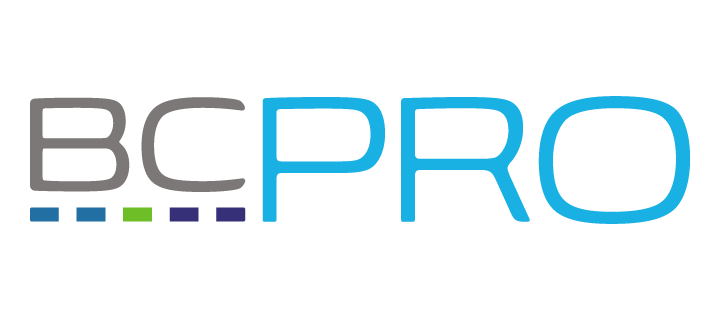
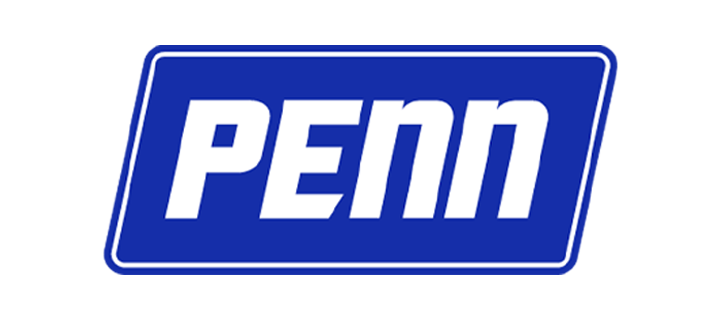

.jpg?la=en&h=320&w=720&hash=244C75B74F0F77521D56164450973BCD)
